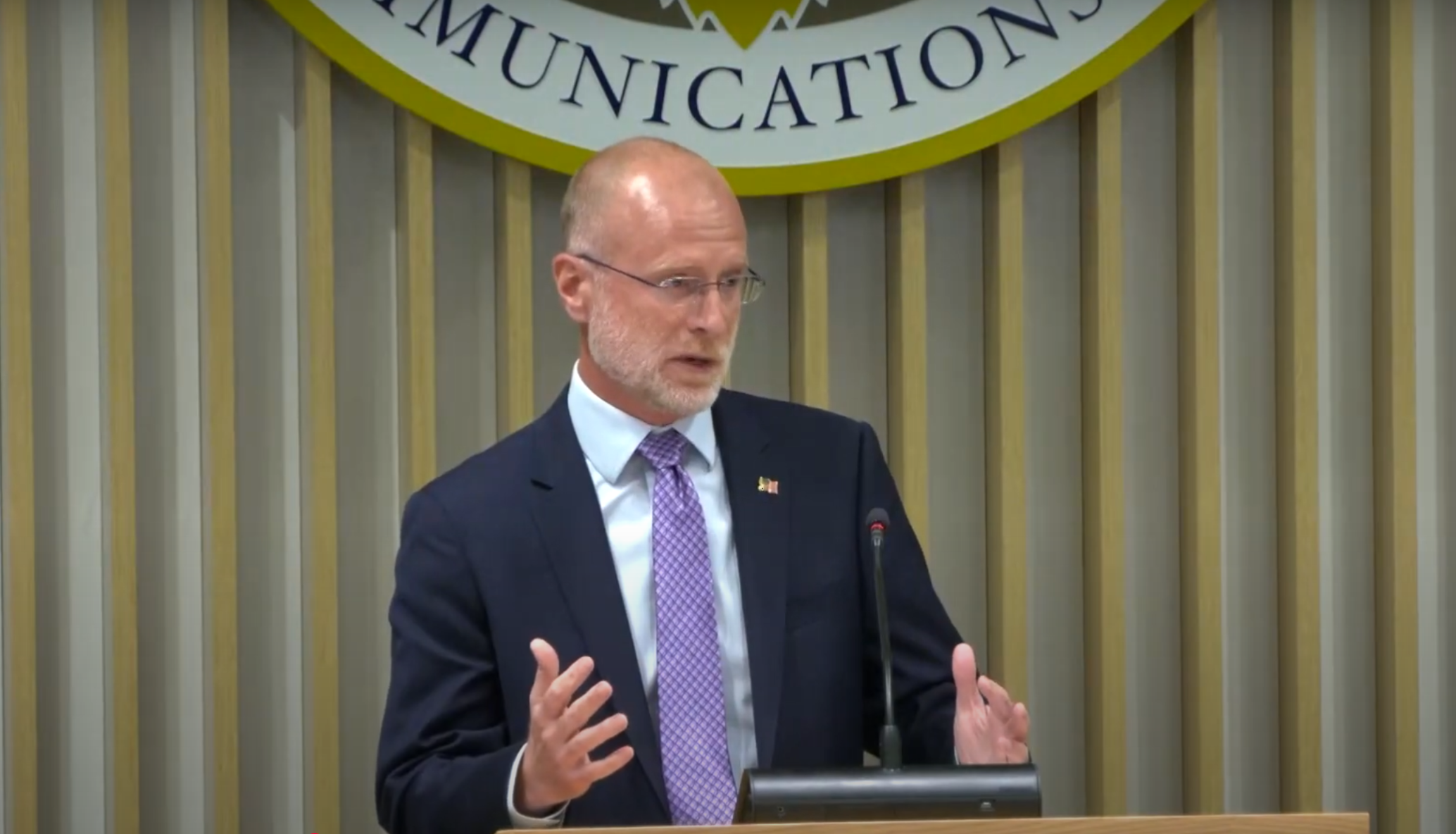Predicting Future Media, Bringing 3D Home
After a career of nearly 50 years in the television business, the last 10 of which were spent at the top of Murdoch’s News Corp, Marty Pompadur is well placed to deliver Monday’s keynote conference at IBC, “Predicting patterns of the future: the changing face of media and news.”’
His passion for exploring investment opportunities in emerging markets has led him to be involved in several new projects, including chairman of Metan Development Group, a company engaged in various television activities in China, Russia and other international markets.
“Everybody wants to be in China at the moment,” says Pompadur. “But the advertising is more sophisticated than many people realise. They all want the triple play of TV, Internet and mobile, and are very interested in product integration. You must have everything thought through, from station line-up to signed contracts.”
Pompadur will be talking more about his experiences in China — from dealing with censorship to the need to have the right business partner, as well as looking at the changing face of news media — during Monday’s address.
So what does Pompadur believe the emerging business model for online news will look like, and what will happen if, as pundits are predicting, newspapers disappear?
“We’ve been spoiled by free content, and it will continue to be so,” he said. “It remains to be seen what works best, whether advertising alone can make it profitable, or whether a hybrid is better; if you want more in-depth content, you pay for it.”
Monday is also 3D Day at IBC2009 and moving on from the evident delights that the technology is bringing to a big screen near you is a session that focuses on the inevitable next step, “3D in the home.”
High frame-rate displays, new optical media, broadband, efficient compression codecs, new broadcast delivery standards: all contribute to a new-found excitement for stereoscopic 3D in HD to the home. Content from music to sports have featured in high-profile broadcasts and demonstrations using physical HD media. In association with SMPTE and the EBU, a conference panel brings together industry experts representing each part of the delivery chain.
In what promises to be “a lively debate” the panel will look beyond the present situation and determine the next steps in making stereoscopic television a practical and welcome offering to the consumer at home.
To round off the day, the IBC conference brings you its stereoscopic 3D Monday Night Movie “Ice Age 3: Dawn of the Dinosaurs.” With the cooperation of leading manufacturers, the RAI Auditorium is converted into a digital cinema with high-resolution projection on the giant screen matched by sonorous surround.
For delegates who have been keeping a close eye on the development of DVB-T2 on digital terrestrial television, there is a conference on just that: “Multichannel HDTV without a dish.” This session will outline the potential for the development of HDTV on DTT in Europe, drawing on the experience gained during the deployment of DVB-T2 — MPEG-4 services in the UK. The session, chaired by Digital TV Group chair David Docherty, will inform delegates, of the benefits and limitations of implementing DVB-T2 in Europe from business, technical and viewer perspectives.
The session will feature an introductory presentation by the DTG investigating the business case for HD via DTT and in particular how DVB-T2 enables DTT to meet the challenge of an increasingly competitive marketplace. Next, the BBC will take delegates through the technical specifications of DVB-T2 and outline the technical challenges behind the implementation of the standard. This will include a presentation by Arqiva on the challenges of implementing DVB-T2 in tandem with Digital Switchover, while Panasonic will outline DVB-T2’s implications for receiver manufacturers.
The professional video industry's #1 source for news, trends and product and tech information. Sign up below.
